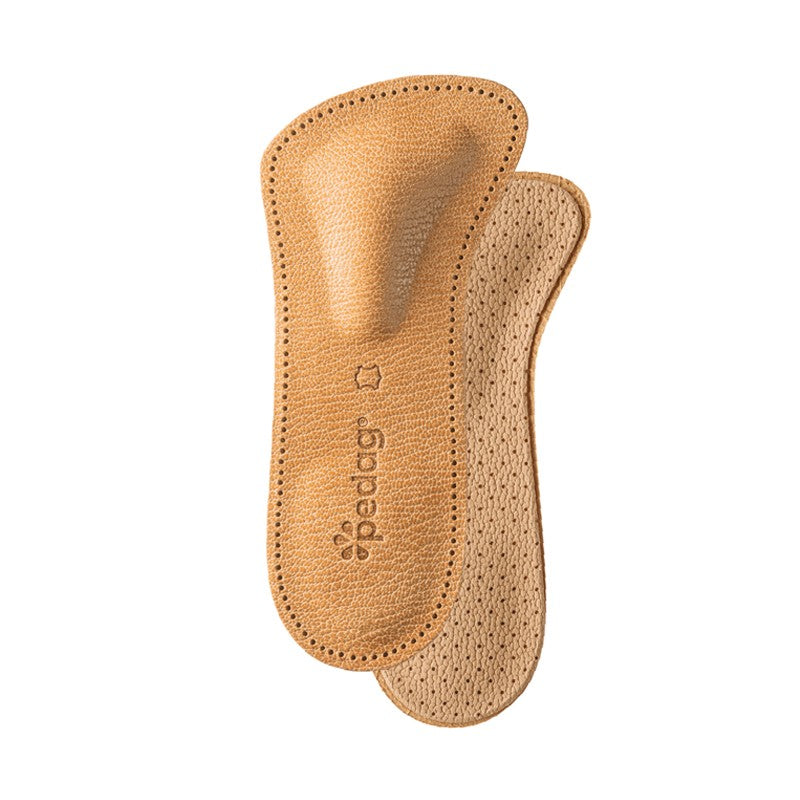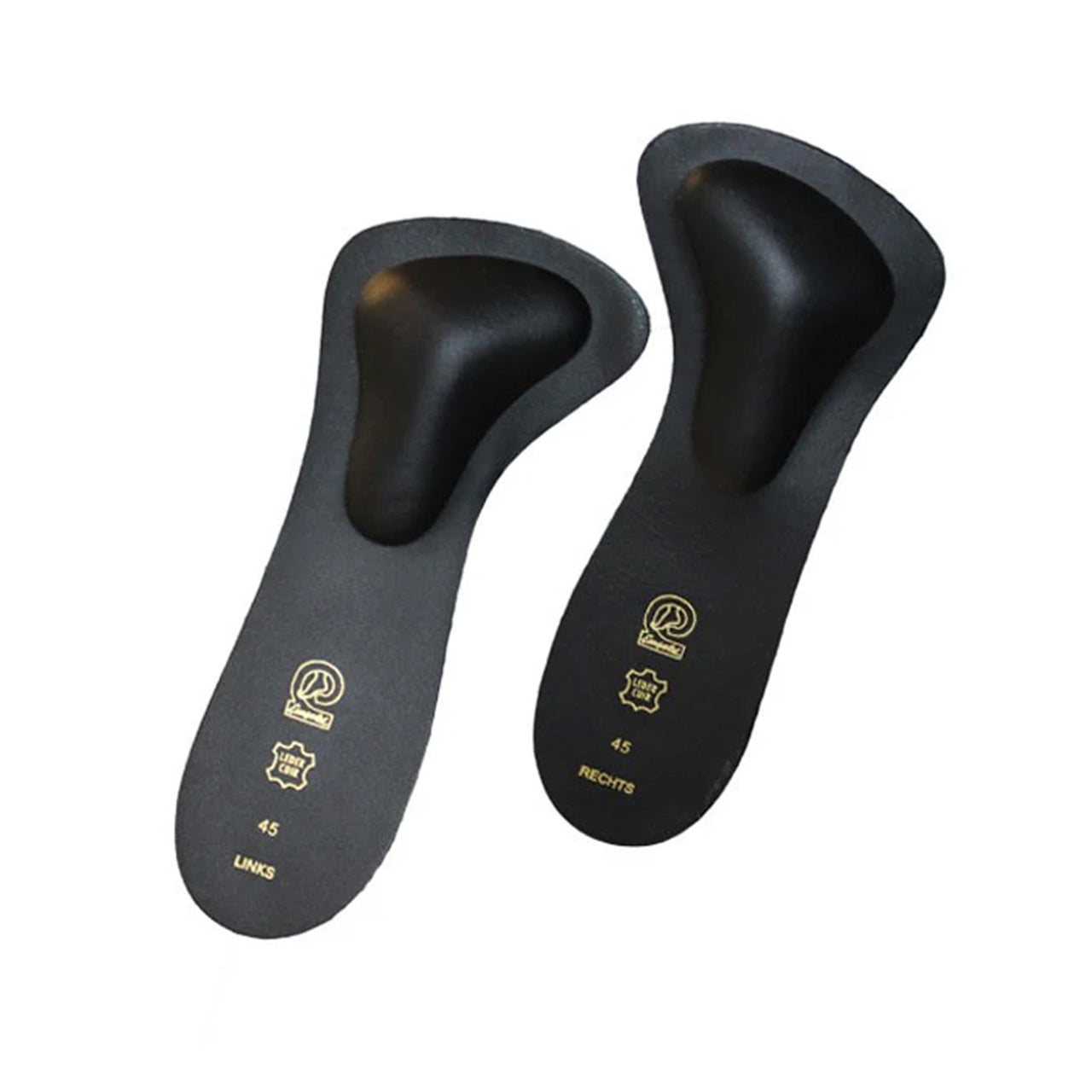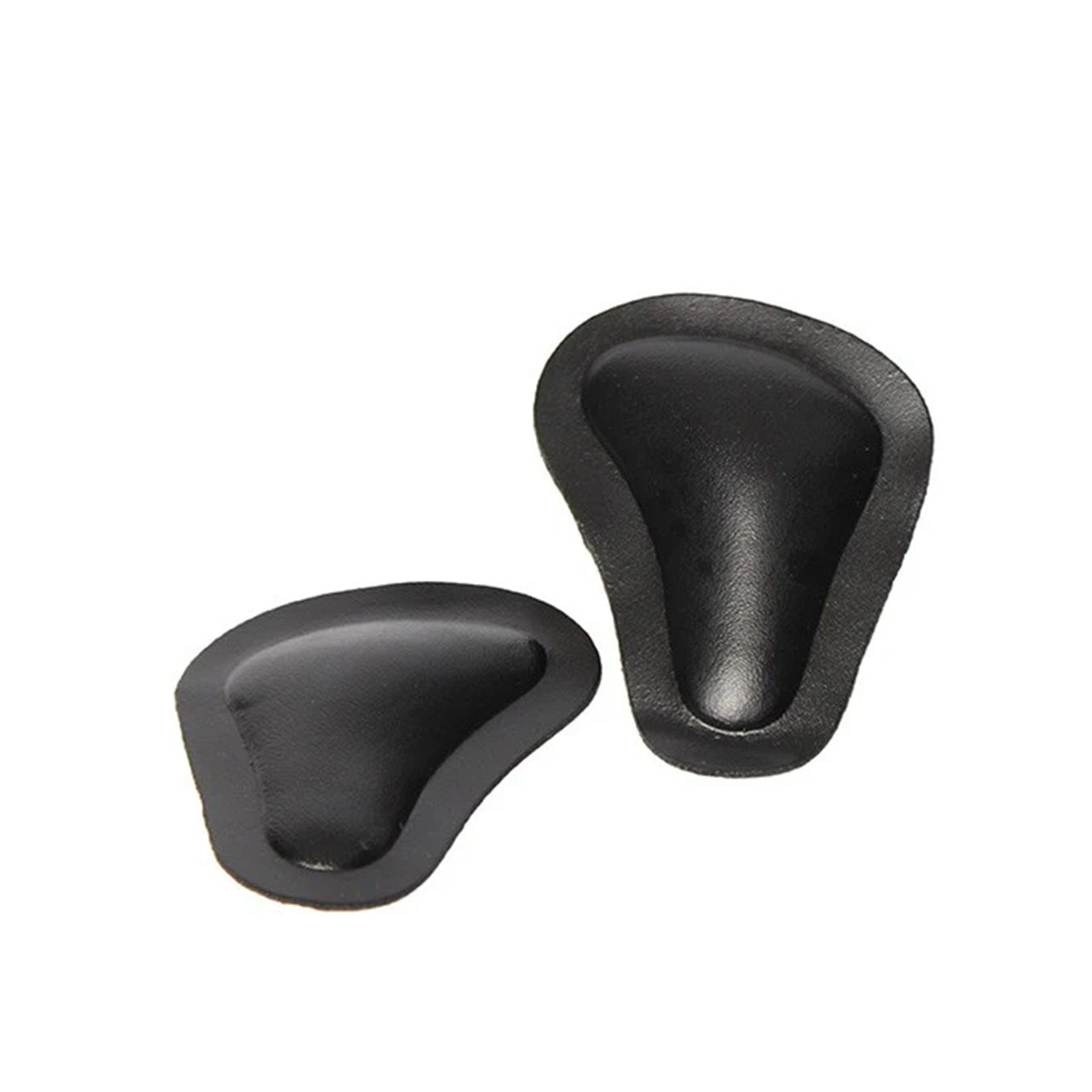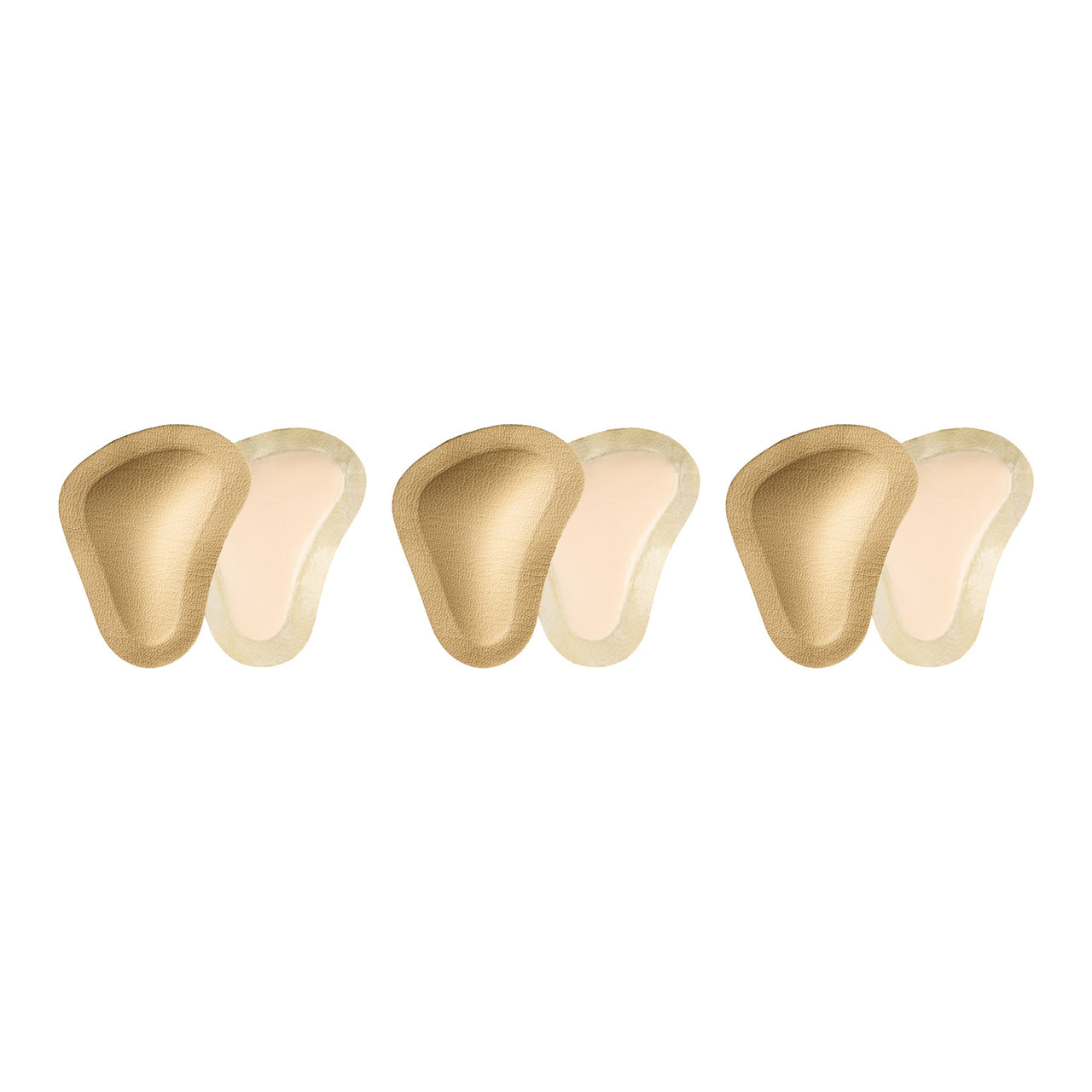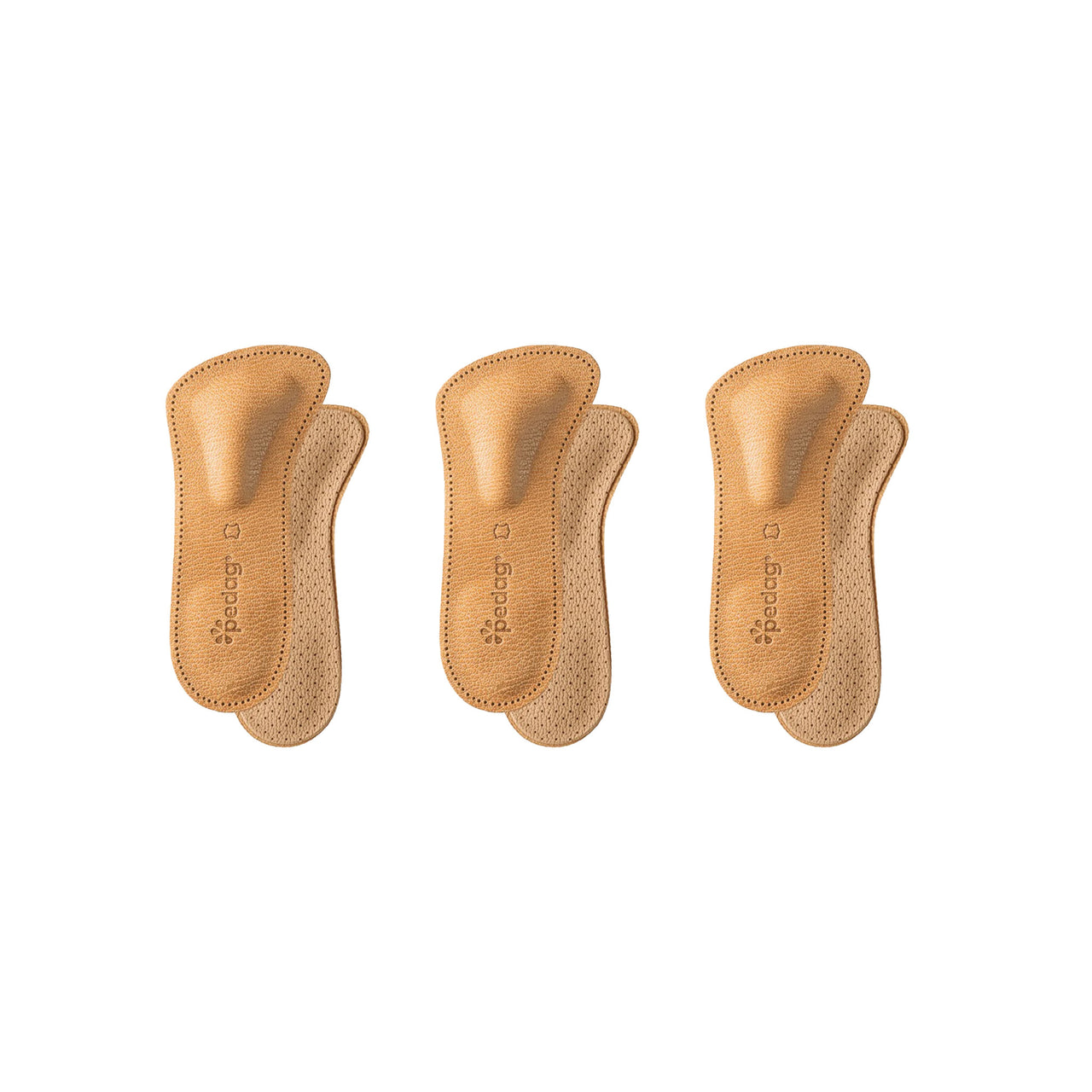Morton's neuroma – Causes, Symptoms, and Nerve Pain Relief
Morton's neuroma, also known as Morton's syndrome, is a common cause of pain in the forefoot. The condition involves a pinched nerve between the ball of the foot and can cause both dull and intense pain. Proper shoe support can relieve and reduce the pain.
What is Morton's neuroma?
Morton's neuroma occurs when the front arch of the foot descends, and the distance between the ball of the foot decreases. This increases the risk of a nerve becoming pinched, usually between the third and fourth toe joints, sometimes between the second and third. The pain can be described as sharp, stabbing, or like an electric shock in the forefoot and is often made worse by tight or high-heeled shoes.
Symptoms
- Localised pain in the forefoot, usually between the third and fourth toes
- “Stripping” or electrical pain with exertion
- Pain that can occur even at rest if the nerve becomes inflamed
- Recurring calluses under the forefoot as a sign of a sunken arch
Common causes & risk factors
A sunken forefoot is the most common cause of Morton's neuroma. Tight shoes compress the forefoot and increase pressure on the nerve. High heels also shift the load forward, further increasing the risk. High levels of exercise, prolonged stress on hard surfaces, and sports that involve a lot of forefoot stress can also contribute to the development of the condition.
When should you seek medical attention?
If you have persistent pain in the forefoot that is not improved by wider shoes, weight-bearing or inserts, you should contact your healthcare provider. Especially if the pain affects walking, exercise or everyday activities.
Recommended protection & support
A pelotte, a special forefoot support, is an effective aid for Morton's neuroma. The pelotte lifts the front arch of the foot and reduces pressure on the nerve, which often provides rapid relief. Pelottes can be attached directly to the shoe or included in a 3/4 sole that can be moved between different shoes. It is important to use the pelottes in all shoes to get even relief. When choosing shoes, you should avoid narrow or high heels and instead choose wider shoes with good shock absorption. The combination of functional shoes and pelotte support can greatly reduce pain and improve foot function. See all our products for the foot here.
About our Injury Guide – quick guidance in case of complaints
In our Injury Guide you will receive clear and easy-to-understand information about common injuries, how they occur and what symptoms usually occur. You will also receive recommendations on which protection and aids can relieve your discomfort and help you further in your rehabilitation. All information is based on expert knowledge from our licensed physiotherapist.
For more information about the foot and heel, you can read more in the Injury Guide Foot & Heel, and you can also go to the Injury Guide's main page to read about other injuries and symptoms.
Related injuries:
Find the right protection for your needs
There are several ways to find the right product on our website. For a more personalized selection, you can use our filters and sort by injury, body part or sport. You can also get help from our AI assistant Eir, who is trained on all the content on our website and can help you with product recommendations, fit questions and order-related concerns – 24/7. If you would rather speak directly to our licensed physiotherapist, Ida, you can reach her via email or phone for personal advice and support in your product selection.

